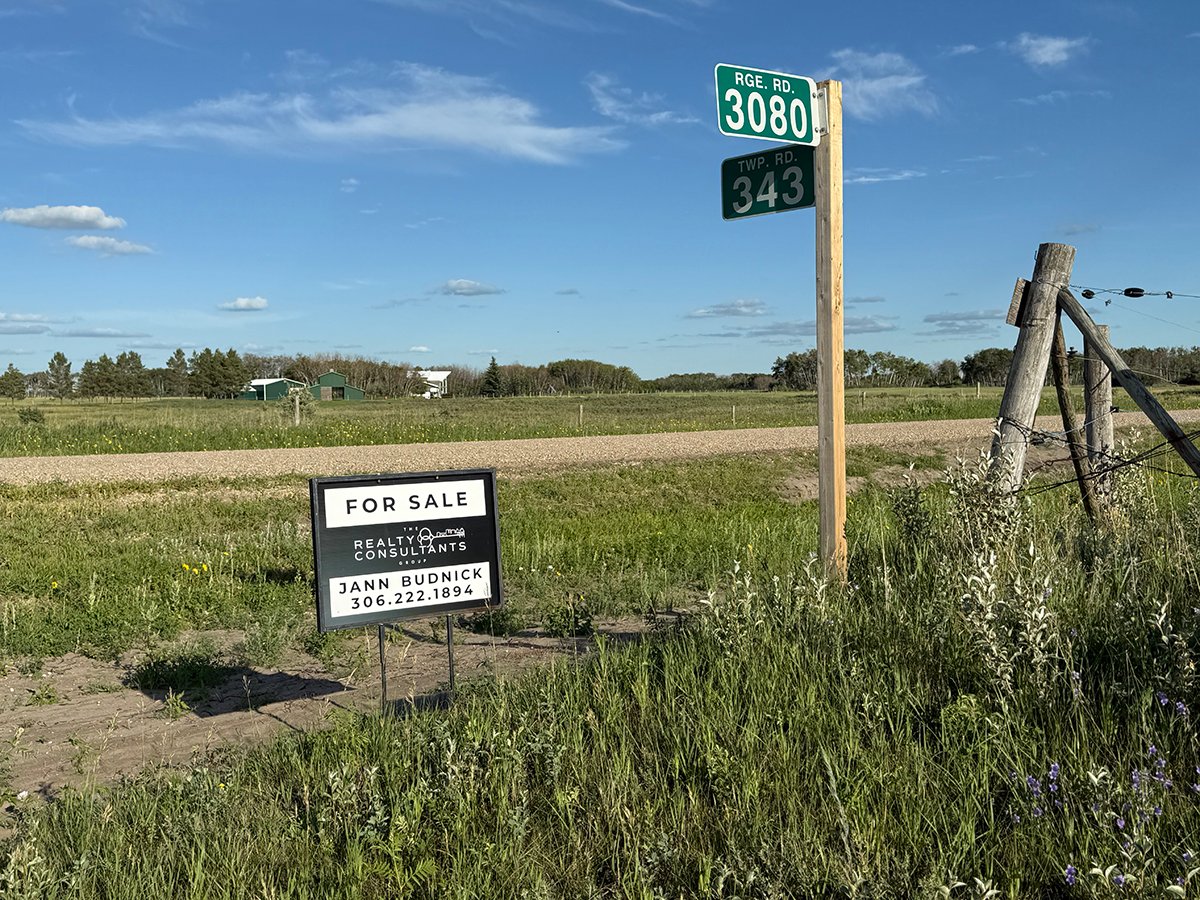Close to 500 cattle – 450 from one farm – will be slaughtered as part of a traceback investigation following an outbreak of bovine tuberculosis in southwestern Manitoba.
The animal in the Virden, Man., herd that tested positive for TB on a skin test, and again in an organ examination, was purchased from Rossburn, Man., where the outbreak originated.
The herd was ordered destroyed March 9, said George Luterbach, who is heading the investigation for the Canadian Food Inspection Agency.
Rules surrounding reportable diseases require that animals exposed to a known infected animal must be destroyed even though they may appear healthy.
Read Also

Farmland a buyers’ market?
WINNIPEG — The farmland market in Saskatchewan may be tilting toward the buyer. It’s not there yet because sellers still…
The herd spent part of the summer in a community pasture near Virden. Luterbach said of the 53 farms that took cattle to the pasture, 52 have been tested with no further cases of TB.
“Two animals tested suspicious on the skin test but when their internal organs were examined we found no evidence of TB,” said Luterbach.
In 1991, 1,000 cattle were destroyed on six farms in the Rossburn area.
Producers receive compensation at market value to a maximum of $1,500 per head for commercial cattle and $2,000 for purebreds.
Name unavailable
Confidentiality rules prevent the CFIA from releasing the name of the producer whose herd was destroyed.
Tracing continues in the province, across the Prairies and into Ontario.
Luterbach said most of the cattle sold from the Rossburn herd have been traced into terminal feedlots, most in Alberta.
“If they’re slaughtered that’s the end of the story,” he said. “All of these animals are examined for TB as part of the slaughter process, and if there would have been any suspicious animals we would already know about it.”
All animals found as part of the traceback will be marked for more specific TB testing.
A few animals ended up on a farm in Alberta. They are being removed, tested, slaughtered and examined, Luterbach said.
One animal was sold for breeding and that case will get swift attention, Luterbach said.
“It is very important that these be completely followed up because the highest risk being if they somehow got divested into the breeding population,” he said.
No animals ended up in Saskatchewan.
“They were found to be bought by a dealer who sold the animals to Alberta feedlots.”
Luterbach said the traceback should be completed by spring.
















